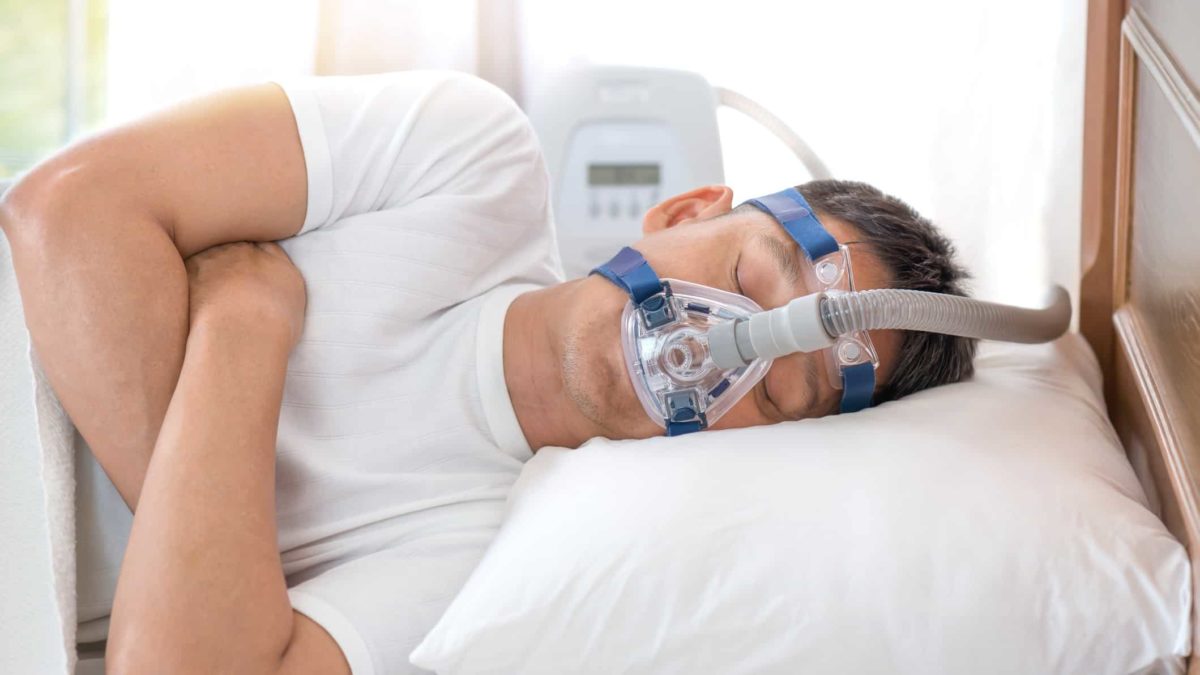ResMed CDI (ASX: RMD) shares closed at $32.80 apiece on Tuesday, up 1.14% for the day.
The stock is up 29% in the year to date and up 55% since their 52-week low in October.
The sleep apnoea device maker has been in recovery mode after a slump in the stock price last year.
ResMed shares staging an impressive recovery
As the chart above shows, ResMed shares were sold off in the second half of last year.
The stock fell for two reasons. There was a general healthcare sector sell-off; and investors were feeling increasingly concerned that GLP-1 obesity drugs like Ozempic would reduce ResMed's earnings.
They feared this because obesity is a common pre-cursor to sleep apnoea. So their thinking was if Ozempic eradicates obesity, ResMed may not sell as many sleep apnoea machines in the future.
The ASX 200 healthcare share took a real beating on those fears. Resmed shares hit a four-year low of $21.14 on 13 October.
Many brokers slapped buy ratings on ResMed shares following the sell-off, reasoning that the global sleep apnoea market was huge and not all patients had obesity, so investors' fears were unfounded.
ResMed CEO Mick Farrell tried to reassure investors by telling them the company was proactively tracking the impact of Ozempic and GLP-1 medicines through internal modelling.
How will Ozempic impact ResMed's earnings?
By October, Farrell was ready to quantify the impact. Ozempic and GLP-1s may cost the company 200 million people in terms of the total addressable market (TAM) for sleep apnoea products.
That sounds like a lot, but not really when you consider the TAM for sleep apnoea worldwide will be 1.2 billion by 2050 after taking into account the impact of GLP-1s, according to Farrell.
And with just 22.5 million people using ResMed CPAP machines, the available TAM remained enormous.
At the time, Farrell said they were not seeing any reduced use of ResMed products among patients using both GLP-1s for their obesity and ResMed devices for their sleep apnoea.
Then in January, Farrell revealed that further internal research showed a 10% increase in patients on GLP-1s buying sleep apnoea machines.
Not only that, but as patients on GLP-1s lost weight, they were not abandoning their CPAP devices, either.
This is why Blackwattle Investment Partners is happy to have ResMed shares as its top active position in the Large Cap Quality Fund today. And they reckon the share price has more room to run.
ResMed has turned GLP-1s into 'an opportunity'
In an update released last week, Blackwattle Large Cap portfolio managers Ray David, Joseph Koh and David Meehan said ResMed had delivered a strong March quarterly update.
They said this had further alleviated investors' concerns over the threat of GLP-1 drugs, commenting:
… ResMed has turned the GLP threat into an opportunity. Patient funnel flow into CPAP diagnosis is accelerating due to ResMed's efforts to raise awareness of the combined benefits of GLP weight loss therapy with its CPAP products.
In addition, profitability is accelerating due easing freight inflation, and the transition to ResMed's new Airsense 11 platform.
This platform is a meaningful step up from the previous CPAP platform, featuring increased connectivity functions such as personal therapy and care check-in settings which have been years in development.
ResMed shares still trading at 'hefty discount'
The managers said that ResMed shares had rebounded strongly but still offered value today.
Even after the recent share price outperformance, ResMed's forward PE of 24x is still at a hefty discount to the 10-year average.
We still consider this an attractive valuation relative to ASX Industrials given ResMed generates superior returns on capital, generates strong cashflow, and has tailwinds from an aging population and obesity rates, despite the birth of the GLP drug class.
We also believe the competitive landscape will be benign for some time as its likely to take years for Koninklijke Philips NV (NYSE: PHG) to build back trust given its high-profile recall.
Blackwattle describes ResMed as "one of the most innovative medical equipment providers globally".
The managers say this innovation is being shown in the application of cloud connectivity with 25 million devices. This provides data to payers and helps facilitate resupply.









